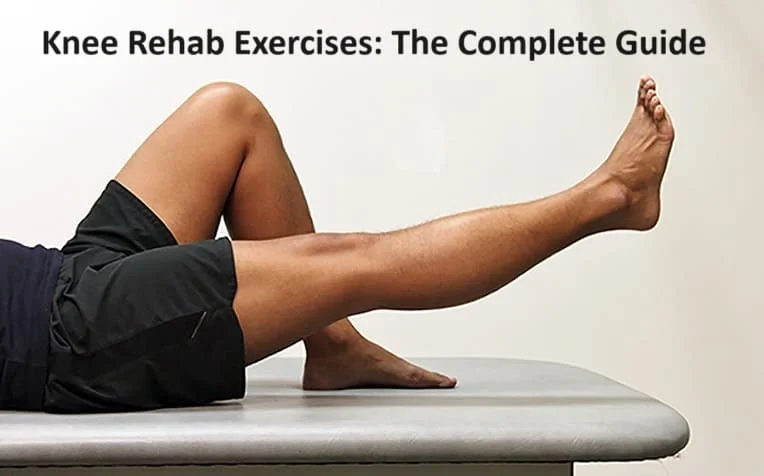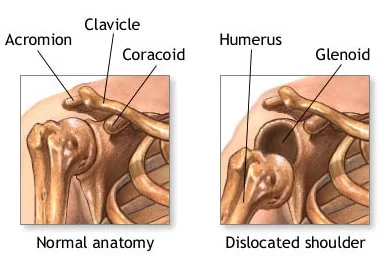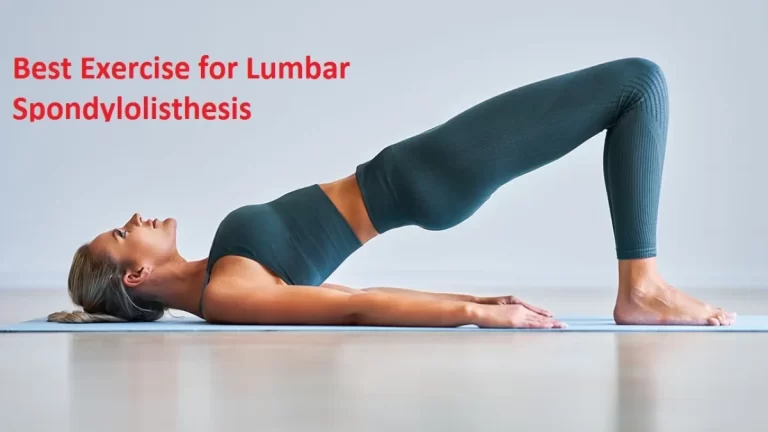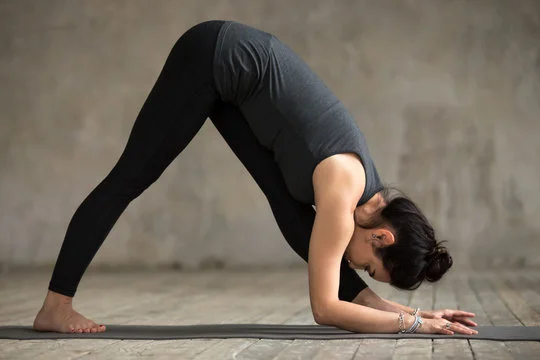Posterior pelvic tilt exercise: Health Benefits, Correction exercise, How to Do?
What is a posterior pelvic tilt exercise?
The posterior pelvic tilt exercise helps to strengthen your abdominal muscle and helps to stretch your lower spine. This exercise is used to correct the alignment of the lower spine with lordosis and posterior pelvic tilt. It will helps to relieve chronic low back pain.
This will activate the intrinsic muscles of the core. Which decreases strain over the back. Posterior pelvic tilt is a movement in which the front of the pelvis upward and the back of the pelvis drops downward. While the pelvis rotates upwards. A posterior pelvic tilt can occur due to bad posture. When prolonged sitting at a computer (or other sitting activity). Which induces tightness in the hip flexors and hamstrings and causes weakness of abdominal muscles.
What is a posterior pelvic tilt?
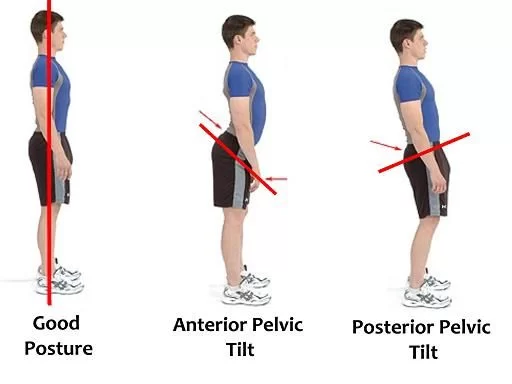
The posterior pelvic tilt is a condition in which your pelvis tilts backward as you stand tall or sit down. It is mostly a result of tight hip flexors combined with weak gluteus maximus and hamstrings. You may not be aware of it happening because it is usually a slow process that starts from prolonged sitting and poor posture. Sitting promotes bad spine postures, which can increase sensations of stiffness in the nearest muscles of the back and hips. A person with these issues may experience more frequent muscle spasms and pain in these regions.
What causes a posterior pelvic tilt?
Body imbalances mostly occur from a lack of movement, especially for people who sit whole day. This lack of movement contributes to:Bad posture when prolonged sitting at a computer (or other seated activity), which induce tightness in the quadriceps and hamstrings and weakens abdominal muscles. Sitting in a hunched position or slouching is even riskier.your glute muscles are responsible for the extension and external rotation of the hips. When these muscles become weak or stretched, the pelvis can become misaligned, leading to a posterior pelvic tilt. This is because there could be an underlying issue causing the posterior pelvic tilt, such as herniated disk, sciatica, lumbar spinal stenosis, or degenerative changes in the spine. It is essential to see your doctor if you are experiencing pain, discomfort, or difficulty with activities that require flexing forward.
All of above factors can cause a posterior pelvic tilt. This is when your glutes tuck inwards and the upper limb rounds back.
Like an anterior pelvic tilt, where the lower back arches inward,In a posterior pelvic tilt puts a lot of stress on your lower back. This can eventually lead to pain in whole body, including sciatica, which is pain that runs down the back of one of your glutes or thighs.It is possible to correct a posterior pelvic tilt with exercise.
Health benefits of Posterior pelvic tilt exercise.
- Helps to decrease lordosis in the lumbar spine.
- Helps to strengthen your abdominal muscles.
- Tighten your abdominal muscles.
- Helps to relieve chronic lower back pain.
- Help to achieve flatter abs.
- Helps to increasing strength of pelvic floor muscle.
- Help to reduce lumbar lordosis induce by bad posture.
- Pelvic tilts are a safe way to work your abdominal muscles and stretch out the base of your spine.
- Helping relieve pelvic pain.
- Recommended at all stages of pregnancy for relieve back and pelvic pain.
Posterior pelvic tilt correction exercises.
Leg lunges
How to do it?
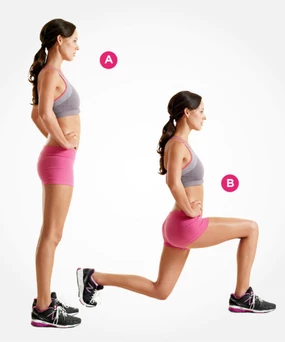
- This exercise strengthens your glutes, quadriceps, and hamstring muscle.
- To perform this exercise you have to Stand on the ground with feet together and step your left leg forward in front of you.
- flexed the right leg at a ninety-degree angle.
- Your right knee should touch the floor with your left leg still at a 90-degree angle.
- A mirror can help you to check your body alignment and position.
- Push off your right foot to return to the initial position
- Step forward with your right leg and form a 90-degree angle to touch your left knee to the ground.
- Repeat for 2 to 4 sets of 12–15 lunges.

Static hamstring stretch
How to do it?
- To perform this exercise You have to Sit in a hard chair without a cushion, and stretch out one leg in front of you.
- Your upper limb Bend down and reach for your toes until you feel a slight stretch.
- Hold for 25–30 seconds. Repeat for the other leg.Do this for three to four times.
Superman Stretch
How to do it?
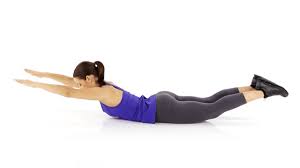
- This exercise will help to strengthen your lower back and gluteus maximus muscles which is connected to your pelvis.
- For this exercise you have Lie on the ground on your abdomen and stretch your hands out in front of you.
- Lift both arms and leg off the floor and try to hold this position for 30 to 35 seconds.
- Then take down arms and legs.
- Repeat this for 3 to 4 sets with a 10 to 12 second break in between.
Leg raises
How to do it?
- This is a very simple exercise you can do it for strengthen your core muscles.
- Which gives your body the ability to stand up straighter.
- You can also practice crunches in place of leg raises to build your core muscle.
- To perform this exercise you have to lie on the floor with your both leg straight.
- Slowly raise your legs from the ground as high as you can without allowing your lower back to arch off the floor.
- Slowly take both legs down.
- Keep your arms flat right next to your body.
- You will not to move any part of your body except your legs.
- This is how you will develop your core muscles, and pelvic in neutral position.
- Do 2-4 sets of 10-15 repetitions.

Bird Dog
How to do it?
- To perform this exercise, you will need an exercise soft mat. put a small cushion or folded towel under your knees for extra cushioning.
- You can perform this exercise by taking quadruped position on soft mat, with wrists under your shoulders and knees under hips with try to keep your as straight as possible.
- Raise your left arm and right leg, maintain your shoulders and hips parallel to the ground.
- Stretch the back of your neck and tuck your chin into your chest to look down at the floor.
- Hold this position for a 7-10 seconds, then lower back down to the quadruped position.
- Raise your right arm and left leg, holding this position for a 5-10 seconds.
- Return to the starting position. This is one round.
- Do 3-4 sets of 10-15 repetitions.
How can posterior pelvic tilt be prevented?
The posterior pelvic tilt is a very common condition that can be induce to lower back pain, hip pain, and other health issues. Fortunately, there are many ways you can prevent it from happening to you.
1) Tilt Exercises: This is a best way to avoid developing posterior pelvic tilt is by exercising regularly. it is crucial not just for physical fitness but also for mental well-being. Try running, swimming, or yoga and see how much better your body feels afterward.
2) Correct Sitting Posture: Maintaining good posture by sitting up straight with the back against the chair’s backrest can help to prevent posterior tilt.pay more attention to your standing posture as well.
3) Body Movement: A good rule of thumb is – “if you sit whole day long at office, then stand up at least every 20 minutes” – this keeps the muscles in the hips limber and helps with posture. If your posterior tilt is mild, simply walking for half an hour every day can help you increase your flexibility, posture and fix issues with your lower back.
Complications occur due to altered pelvic.
- Tension in the cervical muscles
- Lower back pain
- Inward rotation of the hip joint and knee joint
- Hip and knee pain
- Pressure on hip flexor muscle cause sciatica symptoms Altered gait
Common Mistakes
You are Forgetting to Breathe
Focusing on proper form and effectively contract your core would not be enough if you forget to breathe. When you perform any exercise you have to do, breathing is not only important to help you stay focused, but it is also integral to preventing injury. Remember that Your muscles need oxygen to perform optimally.
You are Using Your Core Incorrectly
When you engage your abdominal muscles, make sure to focus and really engage them. Do not just push your tummy out or suck it in as you do the movement. You will feel deeper muscles (transverse abdominis) working once you have fully engaged your core.
You are Lifting Your Pelvis
If you let your buttocks come up off the ground as your pelvis tilts, you are actually moving more into a bridge position rather than a pelvic tilt. You also may end up rolling your pelvis in the wrong direction (toward your feet rather than your head).
When did you not to do this exercise?
- If you are suffered from severe back pain.
- If you feel any pain during exercise.
- If you have just delivered after pregnancy.
- If you are healing from any surgery of your back, abdomen, pelvis, hip joints, knees, or ankles.
- If Your Doctor refused to perform this exercise.
- If exercise will increase your symptoms.


